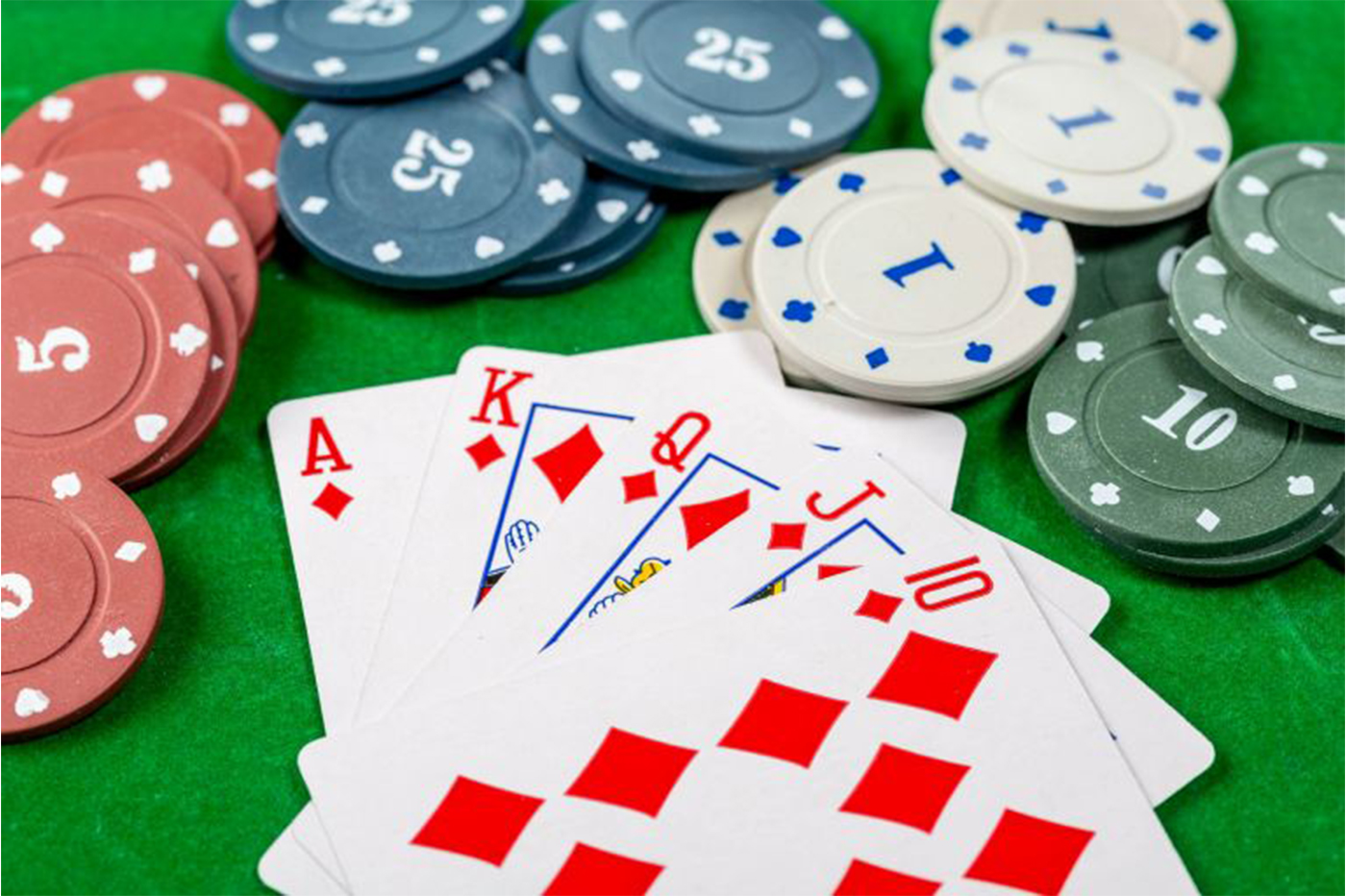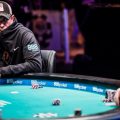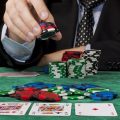
Whether you’re an experienced poker player or a complete novice, if you want to succeed in the game, you need to combine strategy and psychology. Here are a few tips that will help you play your cards right and win more often.
Negreanu recommends learning preflop hand charts by heart and reading your opponents for betting patterns and physical tics, but relying on tells is risky.
Game theory
Game theory, although essential to any player’s ability to play poker, is built upon the mathematical foundations of choice, Nash equilibrium (how to make decisions – including those at your table – and raise your win rate), and other decisions. You can use game theory to balance your table (adjust your behaviour to prevent opponents from taking advantage of you) – but make sure to keep it grounded in terms of not losing your own personality when you play.
Aggression is very important in poker, but must be used tactically so that the goal is to make your opponent uncomfortable, and to make them play badly. One way this can be done is to be aggressive only with certain strong hands, and be selective about when through what kind of bets this should be used.
The best poker players think in terms of lines – that is, sets of plays they might make to maximise their probability of winning a hand. The lines could include what might actually be in an opponent’s hand, or what might make them think they do have, as that’s important to bluffing effectively because a good player can detect inconsistencies in your story and then attack any gaps or holes.
Betting intervals
Winning at poker isn’t strictly a matter of luck – it demands an almost unique mix of strategy, math and mind-reading. To excel, you need to know the rankings of winning hands; the nature and rules of betting; and the dynamics of position at the table. You also have to look out for your opponents’ tells – their body language and betting tells – to exploit rather than losing to them.
Betting intervals are one of the essential strategic aspects of the game. Whenever a player opens or raises a pot preflop, flop, turn or river, the question becomes: ‘How many times does my opponent have to call to remain in the pot?’ This question is amplified in pot-limit tournaments specifically, where each player must call in at least as many chips as the player to their left before being forced out of the tournament.
Knowing optimal GTO poker strategies is key to being a serious poker player. Using them ensures that you’re playing a theoretically unbeatable strategy that can’t be exploited by your opponents, and therefore gives you the maximum possible profits at the table.
Limits in pot-limit tournaments
Limits – as in the total sum a player is willing to risk in pursuing certain goals – govern success in poker tournaments, since a professional player must know how much he or she is willing to spend in the hope of seeing a certain number of chips back.
Playing aggressively is one of the critical success factors while undertaking tournament poker strategy. The main idea is to build your stack as quickly as feasible and force your opponents making errors which is in your benefit and increases your winning odds. You need to play aggressively from the beginning stages of the game to maximise your winning odds.Through playing aggressively from the beginning of the game, you create an opportunity for yourself to win and force error out of them. This arise greater protection of your investments and winnings in tournaments and creates a higher probability of you winning.
Playing good poker requires learning betting structures and position, reading your opponent’s tendencies, dealing with variance, and developing bankroll management, which binds you by what psychologists call ‘automaticity theory’. This refers to the reinforcement of unconscious patterns that become harder to break without endless review or coaching: making decisions emotionally can provoke further, similar bad decisions while following a recorded, proven plan smooths them out, and so you continue to play the way you want to, not the way you need to.
Bluffing
Bluffing is one of the essential skills in poker. It’s the art of taking your game to a different level. New players should know how to read people’s body language to make them make bad decisions. Players need to create an unbreakable narrative between their bets and their moves. They can’t just call check on the turn when they checked the flop. They have to match their staking parameters from the beginning to the end. If they don’t do so, players will feel something is wrong and may be very close to calling their bluff before it’s too late.
Great high-level bluffers are excellent storytellers, adept at exploiting tells such as an eye twitch or nervous fidget, and aware enough of their own table behaviour to curb those tells and audit their history of bluffing so that the next time it will likely work. Being able to dominate with concepts such as range construction and frequencies can influence your opponent’s perception of you as a player, so much so that they can be smarter when it comes to deciding their preflop tendencies, forcing you to tighten your opening-hand range.














